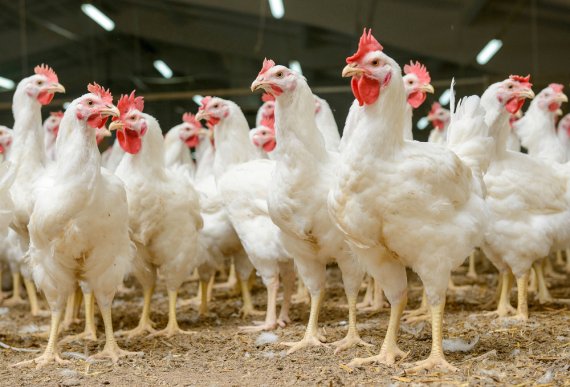© Shutterstock
Extended spectrum beta-lactamases (ESBLs) are enzymes that break down certain antibiotics. The bacteria which produce these enzymes are therefore resistant to those particular antibiotics. One bacterium can pass fragments of DNA on to another, so that the recipient bacterium can manufacture ESBLs too. Mevius and his colleagues studied how this distribution works. The study was implemented in collaboration with Utrecht University, the RIVM, UMC Utrecht and the veterinary health company, GD Animal Health.
Genetic analysis of the enzymes brought important information to light. The ESBLs in the bacteria in sick people are more like those in healthy people than those found in livestock and meat. This means that the main route of infection with ESBL-producing bacteria is person-to-person, rather than via animals and meat. This is contrary to what is commonly supposed.
Meat does contain ESBL-producing bacteria, but the risk of infection is small as long as meat is well-heated and processed hygienically. Contrary to what was previously believed, the livestock route plays only a minor role. Mevius: ‘This is remarkable, especially when you consider that the Netherlands is one of the most densely populated countries, with both humans and animals.’
Five percent of the human population carries ESBL-producing bacteria. Mevius: ‘It is important to realize that exposure does not always turn people into carriers, let alone make them ill. Because these are ordinary gut bacteria, which do not normally make people ill. They are only dangerous when resistance is lowered, in the elderly for example, or in people undergoing chemotherapy.’
The production of ESBLs by bacteria is the result of a continuous arms race, says Mevius, between bacteria and the antibiotics that we use to fight them. ‘That is why it is still important to use antibiotics in moderation and to focus primarily on health management and the prevention of infection.’
Also read:
Fewer resistant bacteria on chicken meat
‘We won’t get rid of ESBL’

